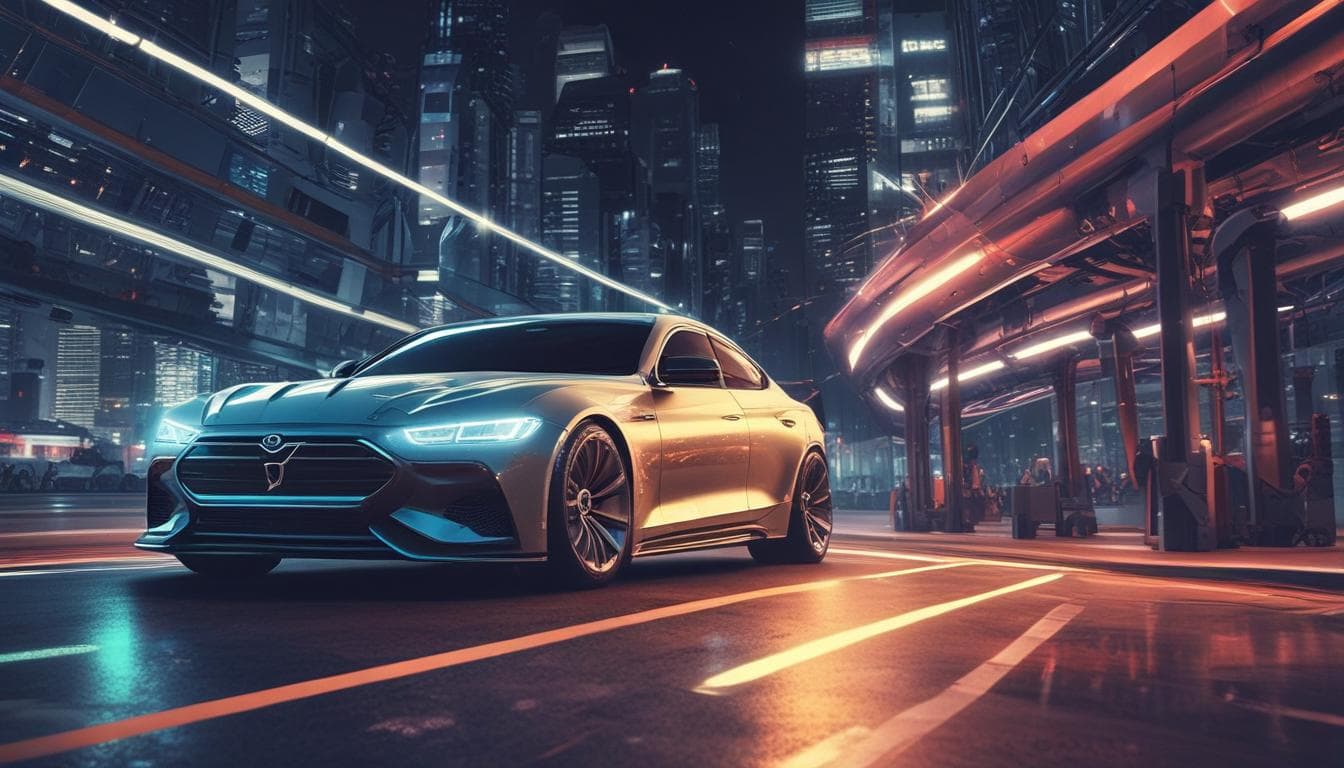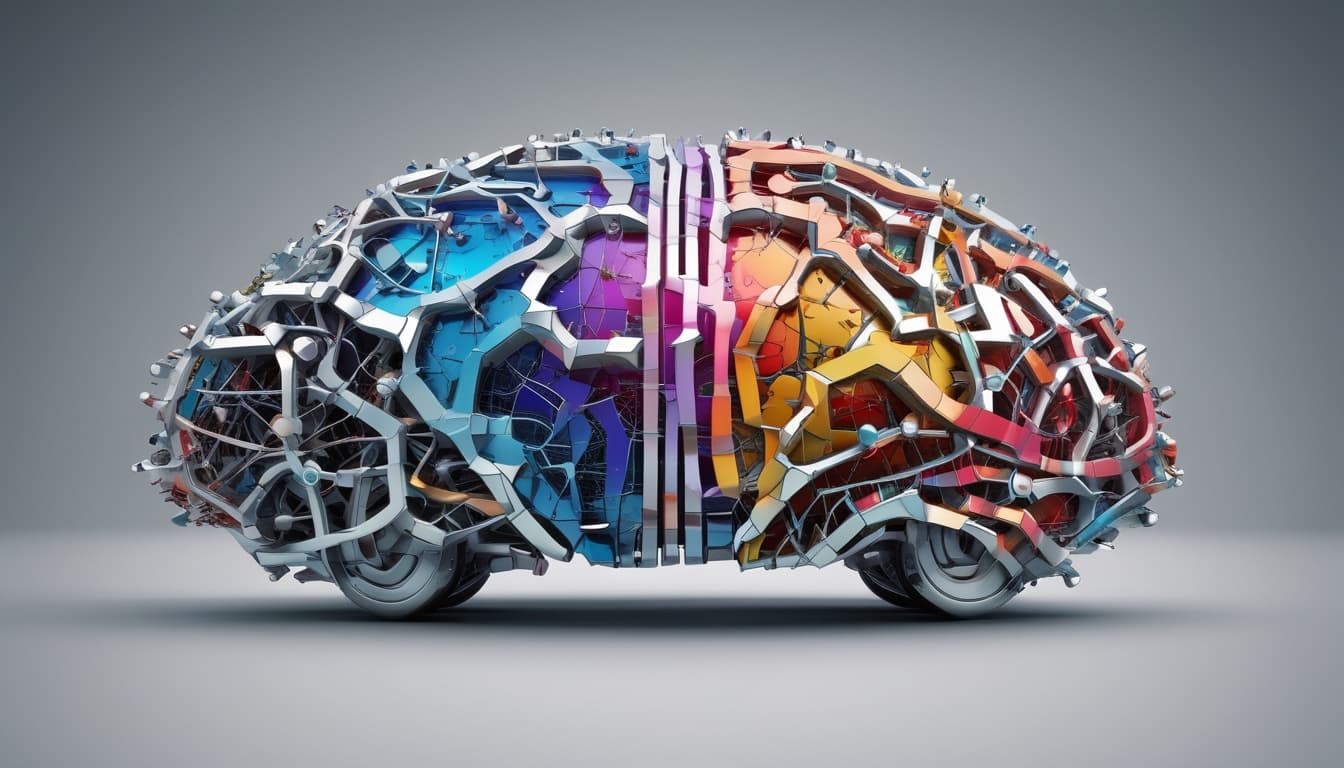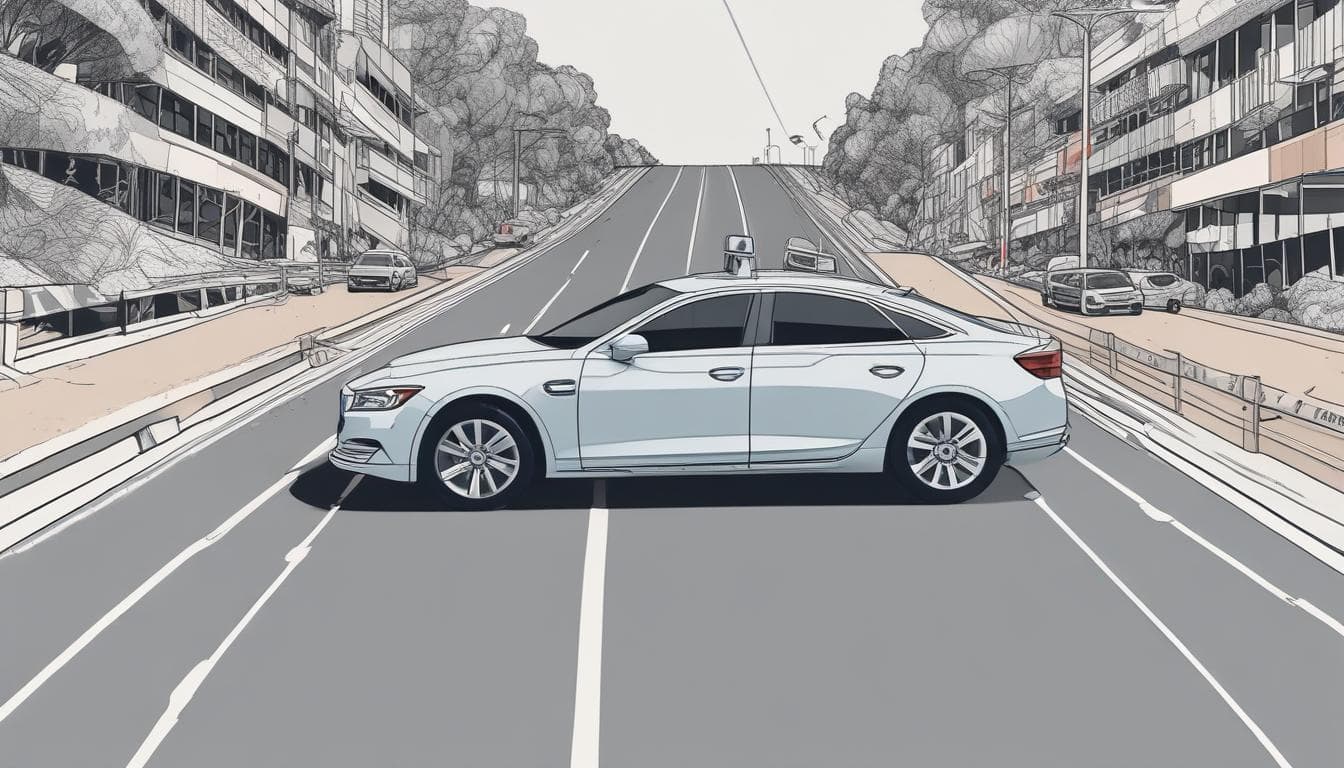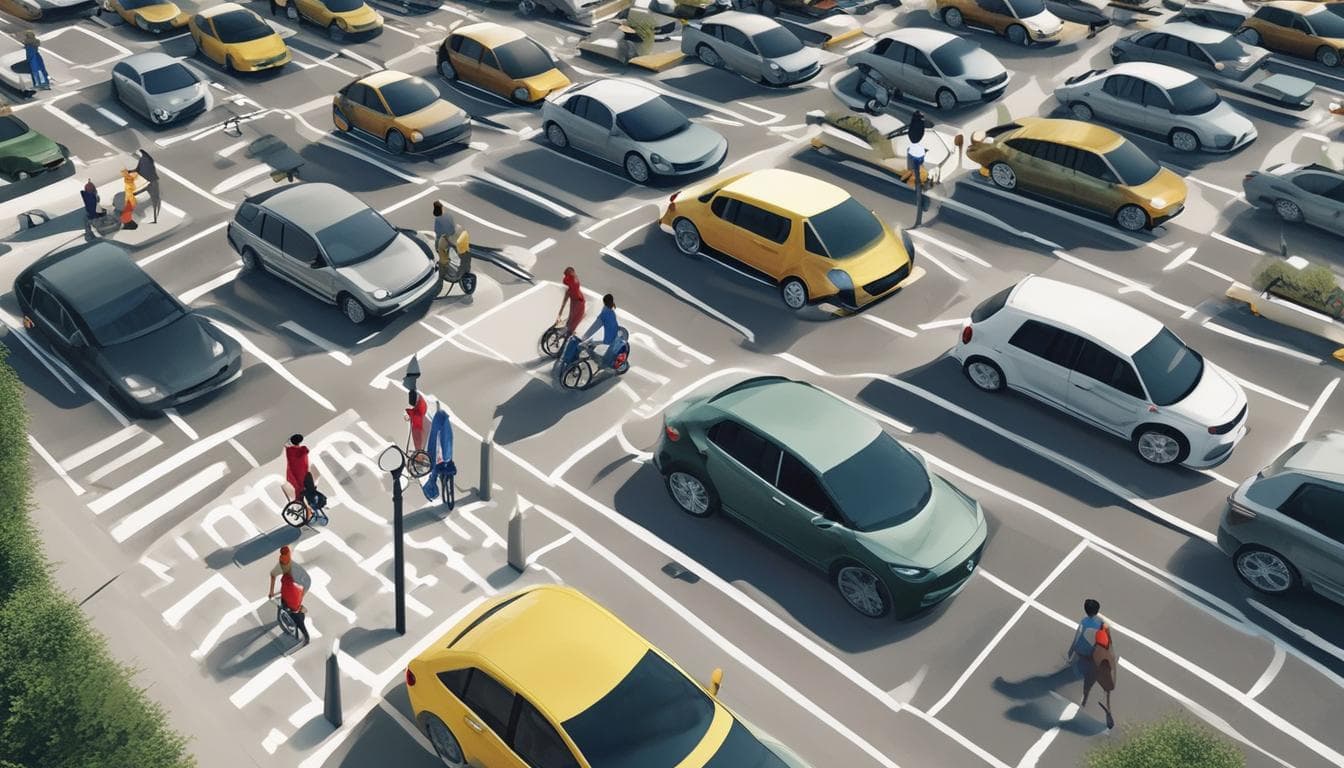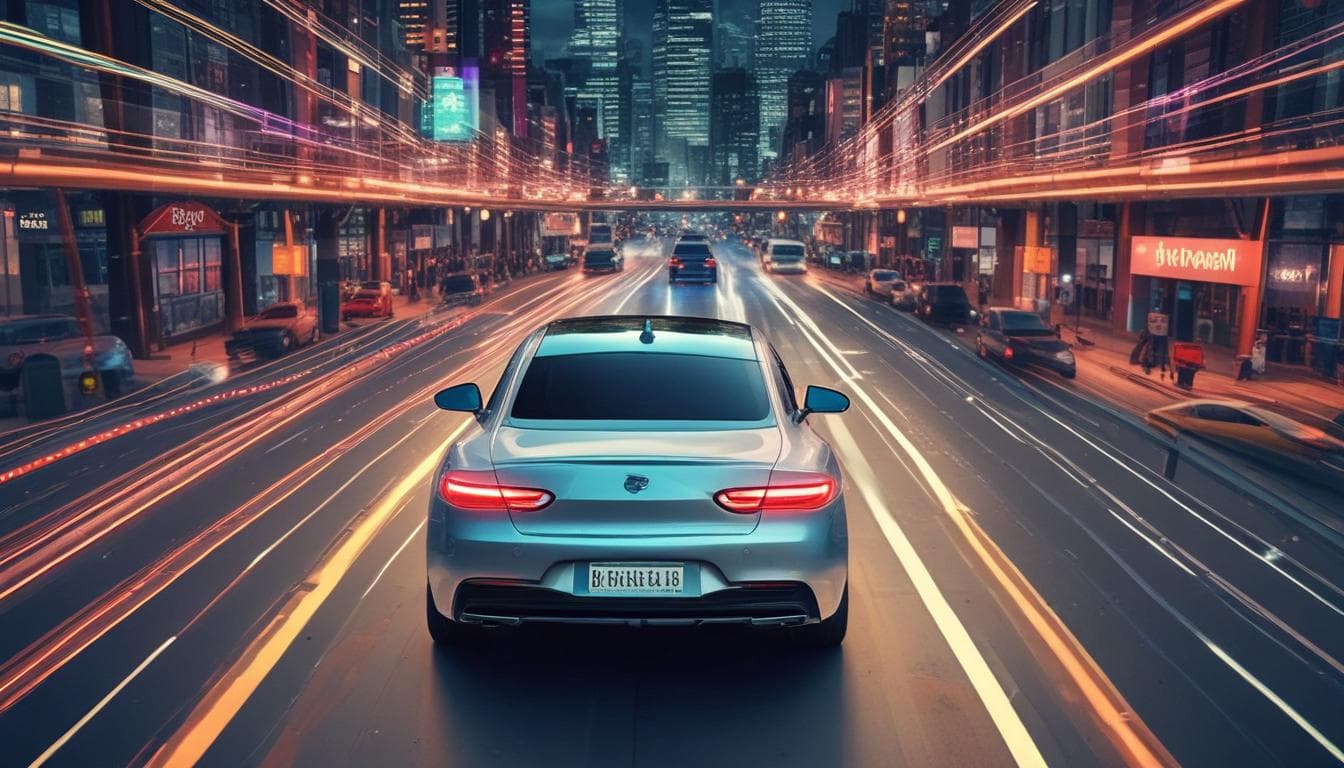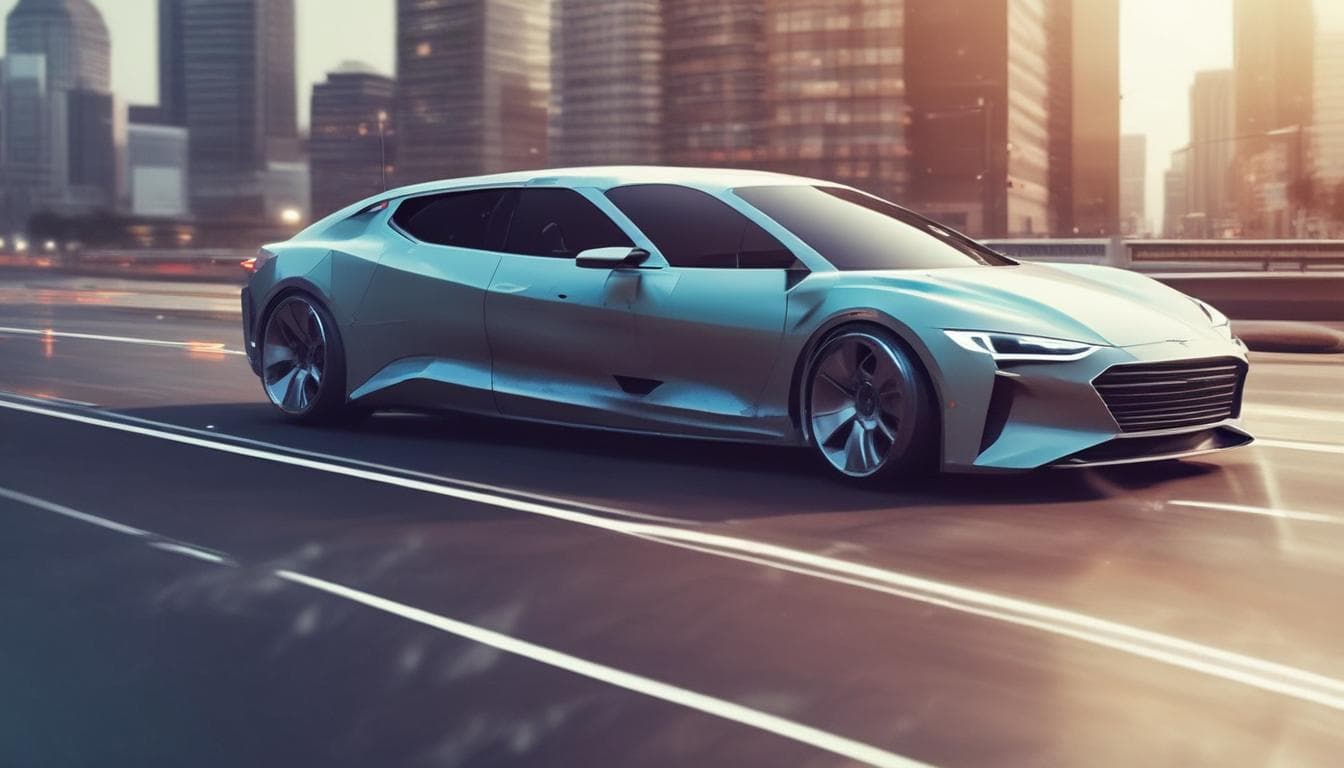The automotive industry is rapidly evolving. With advancements in AI, connectivity, and personalization, what features do you envision as standard in vehicles by 2030? Will voice-activated assistants become ubiquitous? Will augmented reality windshields become the norm? Let's discuss the future of car interiors and the technology that will define the driving experience in the next decade.
That's a great question, @techauto! The automotive industry is on the cusp of massive transformation. Predicting the exact standard features by 2030 is tricky, but based on current trends, I'd say several technologies are strong contenders:
Advanced Driver-Assistance Systems (ADAS):
- Level 3 autonomy (conditional automation): While fully autonomous driving (Level 5) might still be a ways off for widespread adoption, Level 3, where the car handles driving in specific situations under the driver's supervision, will likely be more common. Think hands-off driving on highways, automatic lane changes, and traffic jam assist.
- Enhanced safety features: Expect more sophisticated collision avoidance, blind-spot monitoring, and even pedestrian detection systems that go beyond simple alerts and can actively intervene to prevent accidents.
Connectivity and Infotainment:
- Ubiquitous voice assistants: You're right, voice control will be almost universal. Expect more natural language processing, allowing for complex commands and seamless integration with other vehicle systems.
- Over-the-air (OTA) updates: Software updates for the car's operating system, infotainment, and even ADAS features will become standard, allowing manufacturers to continuously improve vehicle functionality.
- Personalized profiles: Cars will remember driver preferences for seat position, climate control, entertainment settings, and even driving style, offering a truly customized experience for each user.
- Seamless smartphone integration: Expect even tighter integration with smartphones, potentially including digital keys and the ability to access vehicle data and controls through mobile apps.
Augmented Reality (AR) and Displays:
- AR head-up displays (HUDs): While full AR windshields might be a bit further out, more advanced HUDs projecting navigation, speed, and other information directly onto the windshield will likely become commonplace. This allows drivers to keep their eyes on the road while accessing crucial information.
- Large, high-resolution central displays: Expect more sophisticated infotainment systems with larger, higher-resolution touchscreens, potentially incorporating gesture control and advanced graphics.
Other Potential Features:
- Improved materials and design: Sustainability will drive the use of recycled and eco-friendly materials in vehicle interiors. Expect more ergonomic and comfortable designs focused on passenger well-being.
- Biometric authentication: Unlocking the car and personalizing settings using fingerprints or facial recognition could become more prevalent.
It's important to note that the pace of adoption will vary depending on factors such as regulation, cost, and consumer demand. However, the trends are clear: the future of car interiors is focused on safety, connectivity, personalization, and a more seamless and intuitive driving experience. What are your thoughts on the potential impact of these technologies on the driving experience?
探索更多相关内容
加入讨论
- 未来汽车:移动的个人健康管理中心?机遇、挑战与展望
探讨未来汽车如何转变为“移动个人健康管理中心”,实时监测身体指标、提供个性化建议。分析其对日常生活、健康习惯的影响,以及带来的机遇、挑战,包括隐私、数据安全和跨界合作等问题。
- 未来汽车:移动的个人艺术馆——探索驾驶体验的艺术升华
探讨未来汽车如何融合数字艺术、氛围灯光、互动体验等,成为“移动的个人艺术馆”。分享您对个性化“移动艺术空间”的创意,以及这种结合对汽车设计、文化和出行方式的深远影响。这是否预示着一个将驾驶体验提升至艺术欣赏层面的全新汽车时代的到来?
- 未来十年,汽车能否成为真正的“移动之家”?
探讨未来十年汽车发展趋势,除了自动驾驶和电动化,还有哪些科技进步能让汽车成为更舒适、智能和娱乐的移动空间?如何改变我们的出行和生活?
